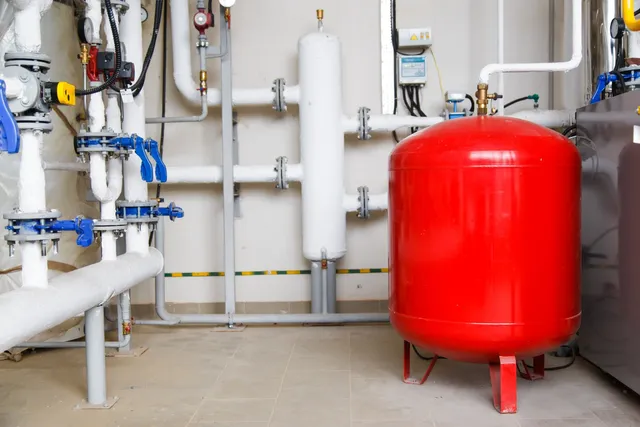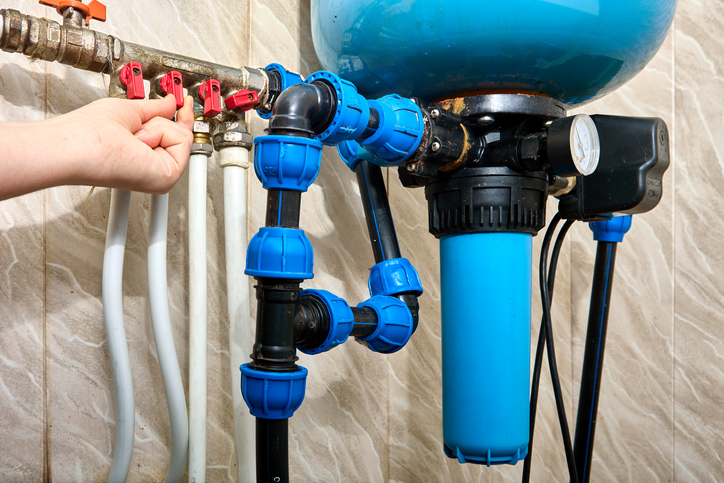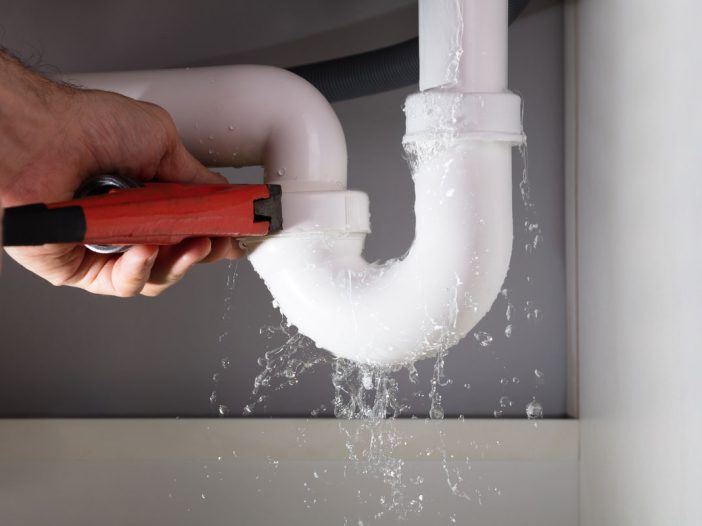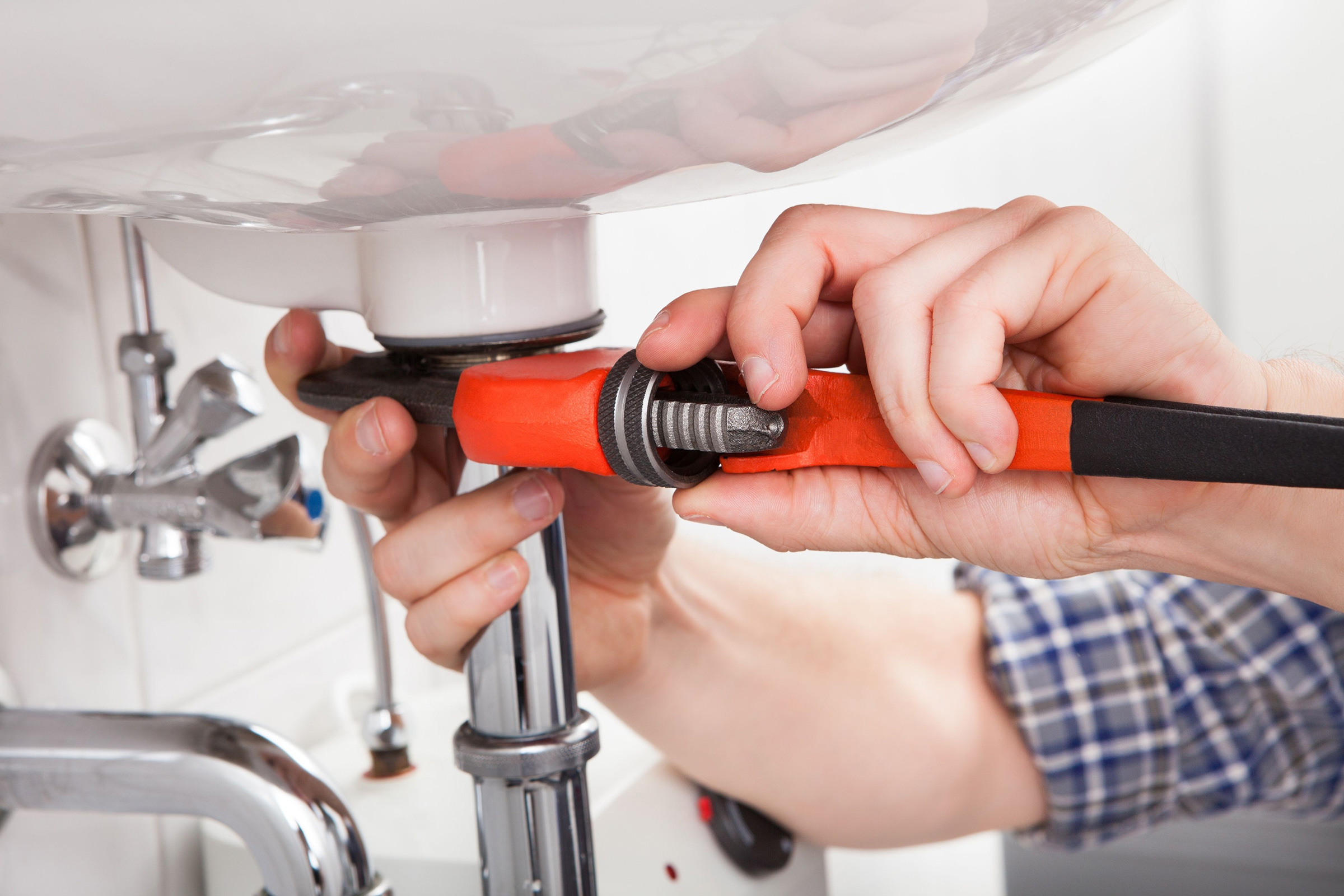If you need to have Expansion tank services in Long Beach CA, such as oil tanks, septic tanks, or other storage tanks, it’s important to follow proper procedures and, in many cases, enlist the services of professionals. Here are the steps you can take for Expansion Tanks Services in Long Beach CA:
Tanks Removal:
- Consult Regulations:
- Check local regulations and obtain necessary permits for the removal of tanks. Different areas may have specific rules and requirements for tank removal.
- Hire Professionals:
- Tanks removal can be a complex and potentially hazardous process. It’s advisable to hire professionals who specialize in tank removal. Look for licensed and experienced tank removal companies.
- Site Assessment:
- Conduct a site assessment to identify the type of tank, its contents, and any potential environmental concerns. Professionals will typically perform soil testing to check for contamination.
- Drain and Clean the Tank:
- If the tank contains any substances, it needs to be drained and properly cleaned before removal. This is particularly important for oil tanks to prevent environmental contamination.
- Disconnect Utilities:
- Disconnect any utilities connected to the tank, such as fuel lines or electrical connections. This ensures a safe removal process.
- Excavation:
- Excavate the area around the tank to provide access for removal. Care should be taken to avoid damage to nearby structures or utilities.
- Secure Perimeter:
- Establish a secure perimeter around the work area to ensure safety during the removal process. This may involve installing barriers or fencing.
- Tank Removal:
- Professionals will use specialized equipment to lift and remove the tank from the excavation site. The removal process should be conducted with care to minimize environmental impact.
- Dispose of the Tank:
- Ensure proper disposal of the tank by local regulations. This may involve recycling, scrapping, or other disposal methods.
- Environmental Cleanup:
- If soil testing indicates contamination, professionals will conduct environmental cleanup measures to restore the site to its original condition.
Tanks Installation:
- Obtain Necessary Permits:
- Check with local authorities to obtain the required permits for tank installation. Compliance with regulations is crucial.
- Hire Professionals:
- Similar to removal, tank installation is best handled by professionals. Choose a reputable and licensed tank installation company.
- Site Preparation:
- Prepare the site for tank installation. This may involve excavation, grading, and ensuring a stable foundation for the tank.
- Inspect and Prepare the Tank:
- Before installation, inspect the tank for any defects. Prepare the tank by cleaning and, if applicable, applying coatings for protection.
- Utilities Connection:
- Connect utilities to the tank, such as fuel lines or electrical connections. Ensure proper alignment and sealing.
- Tank Placement:
- Place the tank in the designated location, ensuring that it is secure and level. Use appropriate equipment and follow safety protocols during this process.
- Secure Perimeter:
- Establish a secure perimeter around the newly installed tank to prevent unauthorized access and ensure safety.
- Backfill and Compaction:
- Backfill the area around the tank with soil and compact it to provide stability. Follow proper compaction procedures to avoid settling.
- Testing:
- Test the tank and associated systems to ensure proper functionality. This may involve pressure testing, leak detection, or other relevant tests.
- Documentation:
- Maintain documentation of the tank installation, including permits, inspections, and any relevant certifications.
Whether you’re removing or installing tanks, it’s crucial to prioritize safety, environmental considerations, and compliance with local regulations. Hiring professionals for these tasks ensures that the work is done correctly and safely.



